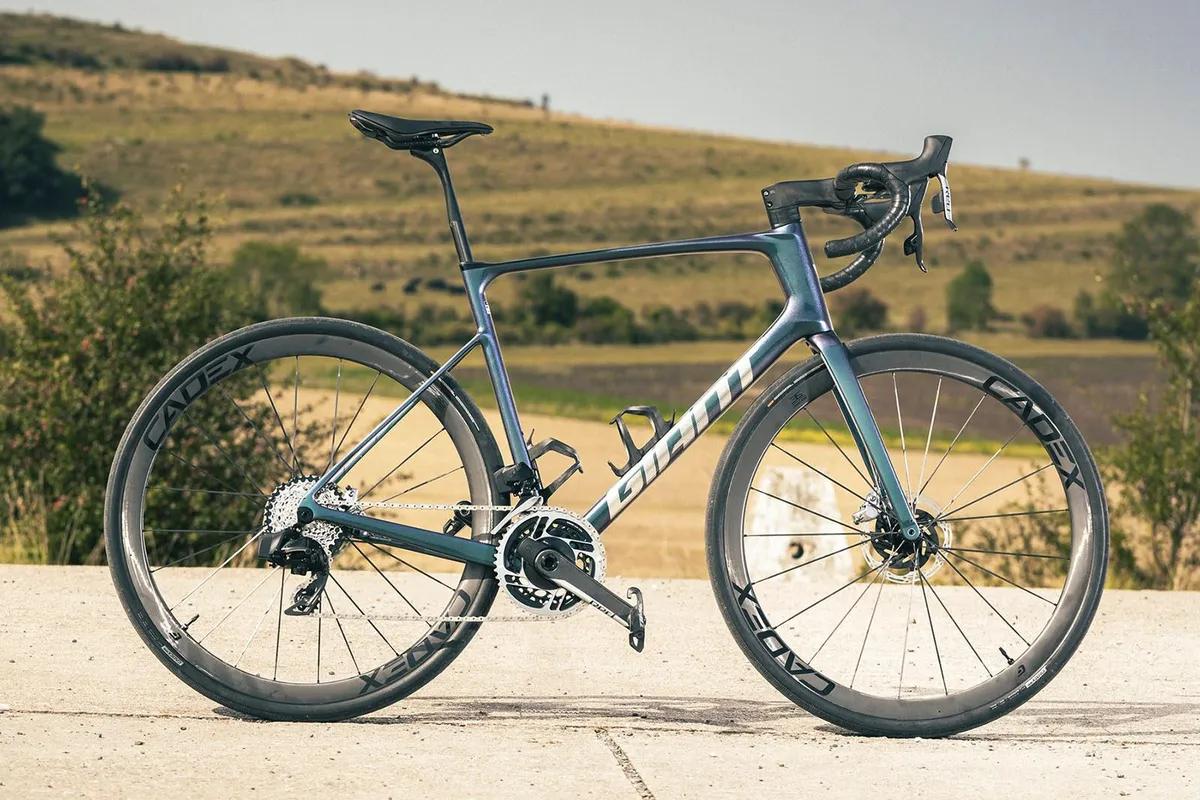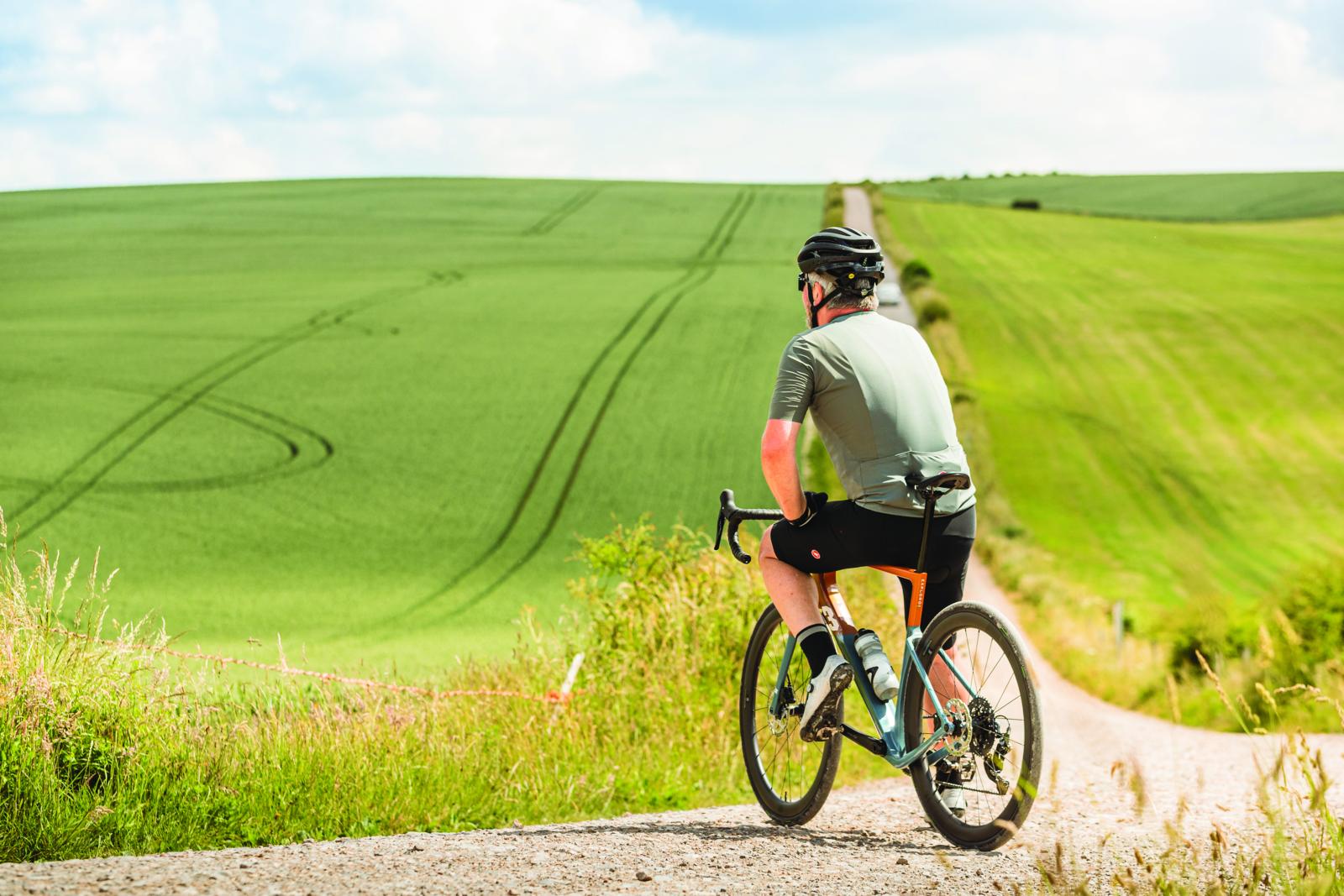If you can only find the space for one bike in your life, the sensible choice must be an endurance bike.
Forget everything you thought you knew about the humble endurance bike of old. The best endurance bikes today are fast, forgiving, fun, practical and more versatile than any other drop-bar performance bike.
Choose wisely and you’ll be getting a bike every bit as quick as a race bike, but one that will have you enjoying your riding more and expanding your horizons beyond the usual pure-road fare.
You'll be more comfortable

Everyone loves the idea of a race bike. You can cosplay as Tadej Pogaçar on your local climbs and get into a bunch sprint with your buddies.
That’s all well and good. But the stiff, unforgiving framesets and limited tyre widths will limit your bike's potential – especially when the roads are less than pristine.
A good modern endurance bike will have a more forgiving frameset and larger tyre clearance. This means you’ll be more comfortable – and who doesn’t want that?
They're lightweight

Modern endurance bikes are lighter than your average aero road bike and can give a race bike a run for its money too.
The Giant Defy Advanced SL 0, for instance, comes with a race-bike-challenging 795g frame. Cannondale’s smooth, sophisticated new Cannondale Synapse dips under 900g with a down tube storage compartment to boot.
Choose an endurance bike with the right build and you’ll find a bike that’s the best of both worlds: lightweight and practical.
They're practical, too

Talking of practicality, endurance bikes come up trumps on ride position and gearing.
They have a sporty ride position that’s not as extreme as a race bike. Alongside comfort, having a ride position that commands a better view is both more practical and safer.
Endurance bike gearing is more usable, too. A wider range and easier gears will encourage you to keep spinning the pedals. Straining to turn the cranks while gritting your teeth is no fun compared to spinning a 1:1 bottom gear with a rhythmic cadence to conquer cols.
Versatility is their middle name

Endurance bikes are much more versatile than race or gravel bikes. Endurance geometry makes for a bike with balanced handling that's well-suited to a variety of terrain and riding styles.
Race bikes, with their fast handling, can feel twitchy and unbalanced on less-than-optimal surfaces, while the slackened steering geometry on gravel bikes can feel lazy and dull when it comes to tarmac.
The latest endurance bikes retain some of the road bike's swiftness to turn, but they’re layered with a stability brought on by tweaking the geometry to find a balance that works on all roads.
Don’t forget that lots of the latest endurance bikes have clearance for 40mm tyres or larger, so you can even fit a set of gravel tyres for a bit of all-road fun.
Add some bikepacking bags and you’ll have a comfortable, lightweight touring bike. Or add mudguards and you’ll be set for commuting.
Four bikes in one, then. That’s a good return on your investment.
Comfort = speed

Road race bikes and aero road bikes all come with watt-saving caveats and numbers that promise drag-saving speed.
It's compelling stuff, but the single biggest factor in speed when it comes to wind resistance is you.
Riding a road bike where you're more comfortable in the drops makes much more sense compared to one where you’re straining to maintain a low, stretched-out race position. On a race bike, it’s this reason you’re more likely to spend most of your time on the hoods, negating those ‘aero’ gains the race bike promises.
An endurance bike, by being less extreme in its ride geometry, means it’s less extreme to adopt a racier position, and you’ll hold it for longer, making yourself more aerodynamic in the process.
So, endurance bikes are potentially more comfortable, practical, versatile and faster than other drop-bar bikes. Never has sensible seemed so appealing.



